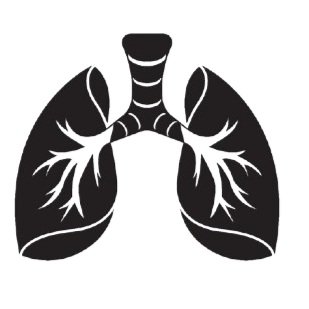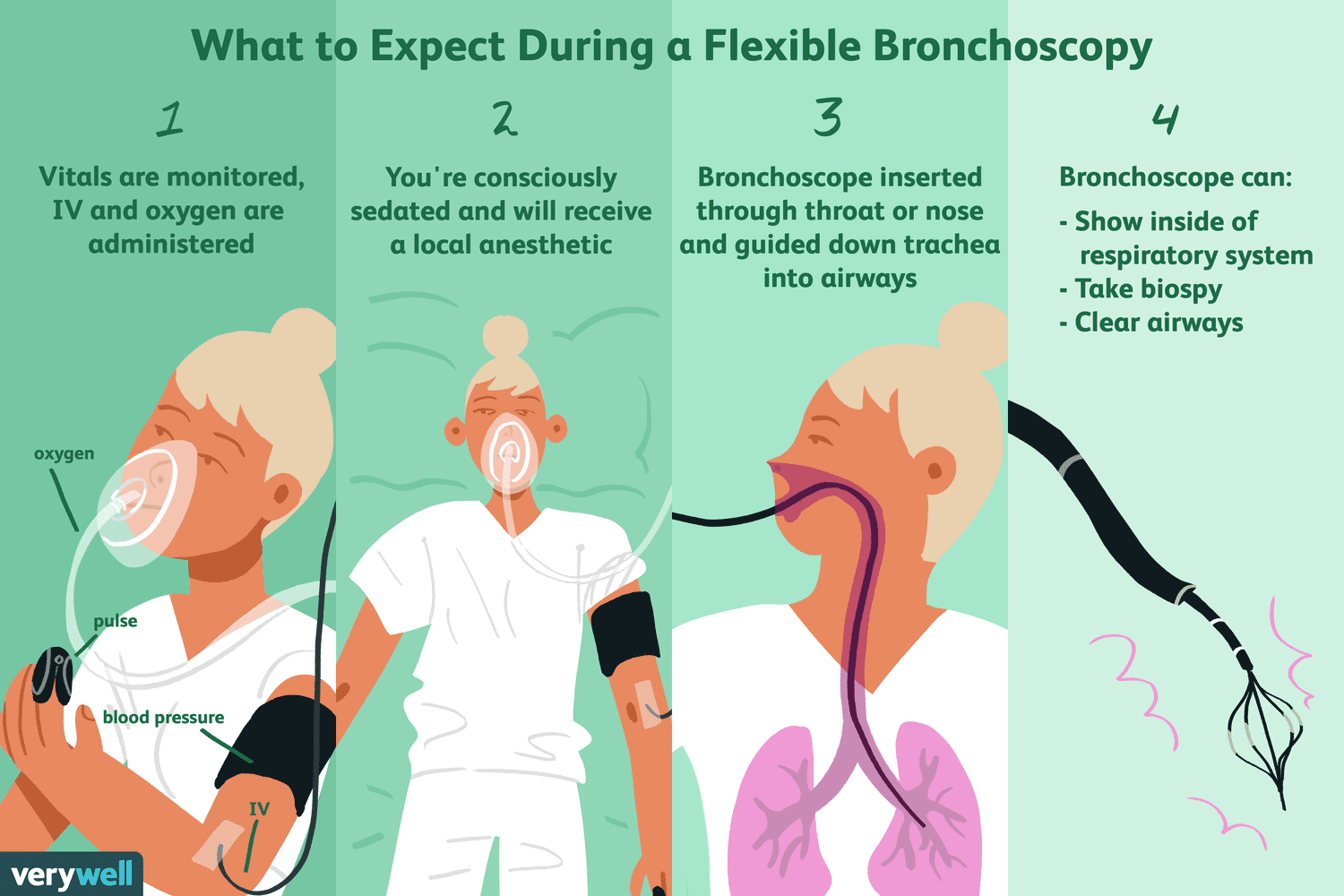Advanced Lung Testing: Why PFT and DLCO Matter
Introduction
When a persistent cough, abnormal chest X-ray, or unexplained shortness of breath doesn't resolve with standard treatment or imaging, doctors may recommend a more detailed internal examination of the lungs. One of the safest and most effective tools for this is bronchoscopy.
Used to diagnose infections, tumours, inflammation, or even bleeding, bronchoscopy in Kolkata is available at top pulmonology clinics, including that of Dr. Ayush Goel, a highly skilled lung specialist and interventional pulmonologist.
Whether you're seeking clarity about your symptoms or looking for advanced testing, understanding how bronchoscopy works can help you feel more prepared and confident about your care.
What is Bronchoscopy?
Bronchoscopy is a diagnostic procedure that allows doctors to directly view the inside of your airways, including the trachea (windpipe), bronchi (large air passages), and even smaller branches of the lungs.
It is typically done using a flexible bronchoscope—a thin, tube-like instrument equipped with a tiny light and camera. The bronchoscope is inserted through the nose or mouth and guided gently down the throat into the lungs.
This procedure allows doctors to:
Look for abnormal tissue, bleeding, or obstructions
Collect fluid or tissue samples (biopsy)
Remove mucus plugs or foreign objects
Deliver targeted treatment if needed
Bronchoscopy can be diagnostic or therapeutic, depending on the patient’s condition.
When is Bronchoscopy Needed?
A bronchoscopy doctor in Kolkata like Dr. Ayush Goel may recommend this test if standard evaluations haven’t revealed the root cause of a lung problem or if advanced visual examination is required.
Here are common reasons why bronchoscopy is advised:
A chronic cough that hasn’t responded to treatment
Coughing up blood (hemoptysis)
Abnormal findings on chest X-ray or CT scan
Recurrent lung infections
Suspected tumours or growths in the airways
Difficulty breathing with no clear cause
Airway obstruction or foreign object removal
Sometimes, bronchoscopy is also done before or during treatment planning for lung cancer, tuberculosis, sarcoidosis, or interstitial lung disease (ILD).
Types of Bronchoscopy
1. Flexible Bronchoscopy
Most commonly used. Performed under local anesthesia with mild sedation. Patients recover quickly and experience minimal discomfort.
2. Rigid Bronchoscopy
Used for complex cases (like removing large tumors or controlling heavy bleeding). Usually done under general anesthesia.
3. Endobronchial Ultrasound (EBUS)
A modern version of bronchoscopy. EBUS combines ultrasound imaging with bronchoscopy to visualize structures outside the airway (like lymph nodes) and guide precise biopsies.
How Bronchoscopy Helps Diagnose Lung Conditions
Bronchoscopy provides real-time visuals and access to the lungs, making it a powerful tool in diagnosing various respiratory disorders. Here's how it helps:
1. Lung Cancer Detection
It allows collection of tissue samples (biopsy) from suspicious growths or nodules. This is essential for confirming cancer type and stage.
2. Identifying Infections
Helps pinpoint tuberculosis, fungal infections, or bacterial pneumonia when other tests are inconclusive.
3. Diagnosing Inflammatory or Autoimmune Lung Diseases
Conditions like sarcoidosis or ILD may require bronchoscopic biopsy for confirmation.
4. Treating Blockages
If there’s mucus plug, foreign body, or bleeding site, it can often be cleared or treated during the same procedure.
5. Evaluating Airway Anatomy
In cases of stridor, airway collapse, or vocal cord dysfunction, bronchoscopy allows close examination of the upper airway.
What to Expect During the Procedure
The entire process usually takes 20–40 minutes. Here's what typically happens:
Preparation:
You may be advised to fast for a few hours. Medications and allergies will be reviewed.Sedation and Anesthesia:
A mild sedative and local anesthetic (usually a throat spray) are given for comfort.Bronchoscope Insertion:
The flexible tube is inserted through your nose or mouth and guided into the lungs.Observation and Sampling:
Images are viewed on a monitor. If needed, the doctor may take tissue or fluid samples.Recovery:
You’ll rest briefly post-procedure. Normal activities can usually resume the same or next day.
Is Bronchoscopy Safe?
Yes. Bronchoscopy is considered a safe, minimally invasive procedure. However, as with any medical procedure, there are small risks of:
Mild sore throat or hoarseness
Bleeding (if a biopsy is taken)
Temporary breathing discomfort
Rarely, lung collapse (pneumothorax)
Choosing a trained and experienced bronchoscopy doctor significantly reduces risk and improves outcomes.
Why Choose Dr. Ayush Goel for Bronchoscopy in Kolkata?
Dr. Ayush Goel is one of the few pulmonologists in Kolkata with advanced training in interventional pulmonology, including bronchoscopy and EBUS procedures.
Why patients trust him:
DM in Pulmonary, Critical Care & Sleep Medicine from AIIMS New Delhi
Performed hundreds of bronchoscopic evaluations with excellent patient safety records
Uses state-of-the-art technology for high-definition imaging and precise sampling
Offers full diagnostic support including HRCT, PFT, and biopsy interpretation
Recognized for compassionate, patient-centered approach
Whether you are dealing with a complex lung issue or simply want clarity about your persistent cough or X-ray finding, Dr. Goel provides trusted care with clinical precision.
Final Tips Before You Go
Bronchoscopy can be a game-changer in diagnosing and managing respiratory conditions. It helps your doctor get a clear, internal view of the lungs and collect samples for accurate diagnosis—things that X-rays and basic tests often can’t offer.
If your doctor has recommended this procedure, or if you're seeking a second opinion about a lung concern, it's important to connect with a skilled bronchoscopy doctor.
Book your bronchoscopy consultation with Dr. Ayush Goel in Kolkata and get the answers you need to move forward confidently in your care.


